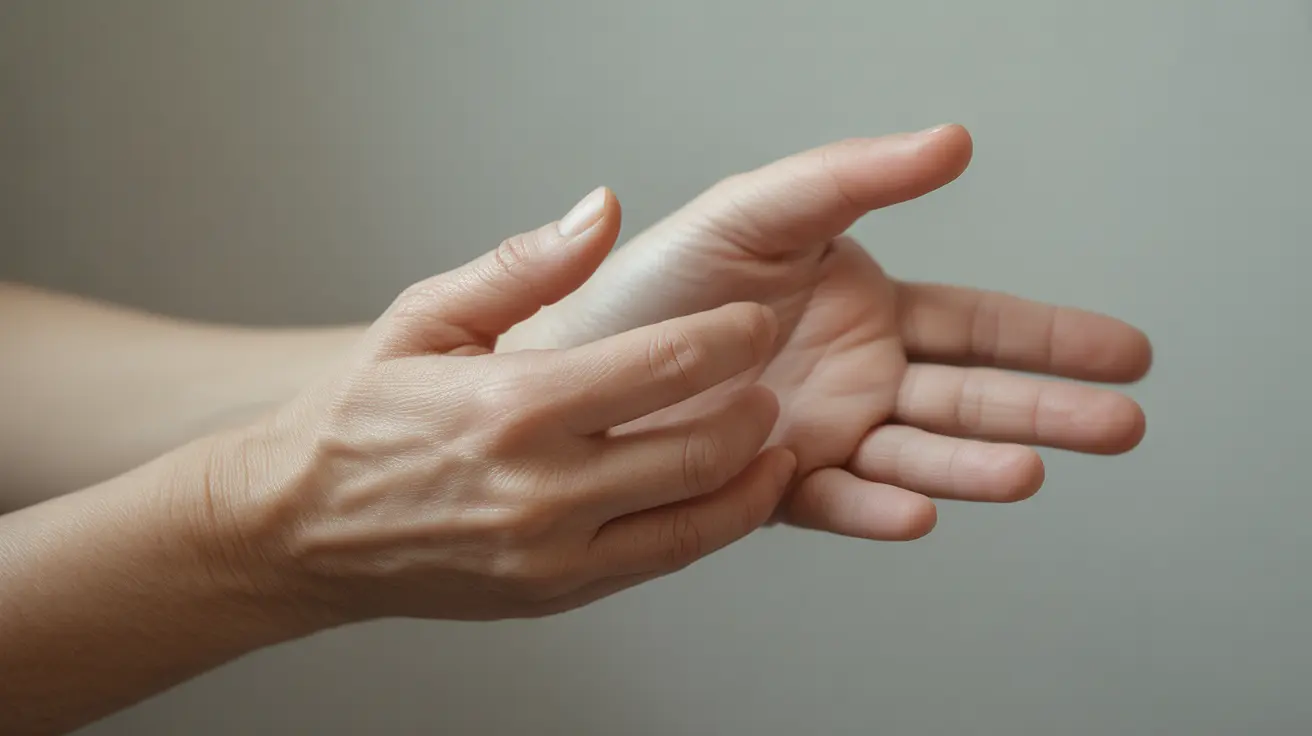Living with involuntary movements can be challenging and concerning, especially when they affect your hands and face. Tardive dyskinesia (TD) and hand tremors are two distinct movement disorders that can significantly impact daily activities and quality of life. Understanding the differences between these conditions, their causes, and available treatments is crucial for anyone affected by these symptoms.
This comprehensive guide will explore the characteristics of tardive dyskinesia hand tremors, how they differ from regular tremors, and what you can do to manage these symptoms effectively.
Recognizing Tardive Dyskinesia vs. Regular Tremors
Tardive dyskinesia movements are distinctly different from regular tremors. TD typically causes irregular, jerking, or twisting movements that can affect various body parts, including the hands and face. These movements often appear choreiform (dance-like) or purposeless, while regular tremors usually present as rhythmic, back-and-forth movements.
In the hands, TD may cause:
- Finger tapping or piano-playing motions
- Grip-like movements
- Irregular twisting or writhing
- Unpredictable jerking motions
Common Causes and Risk Factors
Tardive dyskinesia is primarily associated with long-term use of certain medications, particularly antipsychotics. Understanding these risk factors can help in prevention and early intervention:
Medications Most Commonly Associated with TD
- First-generation (typical) antipsychotics
- Second-generation (atypical) antipsychotics
- Some anti-nausea medications
- Certain antidepressants
Risk factors that may increase susceptibility include:
- Advanced age
- Female gender
- Longer duration of medication use
- Higher medication doses
- Previous brain injury or substance use
Treatment Approaches and Management Strategies
Several treatment options are available for managing tardive dyskinesia hand tremors:
Medical Interventions
- VMAT2 inhibitors (FDA-approved for TD)
- Dose adjustment of causative medications
- Alternative medication options
Lifestyle and Support Measures
Complementary strategies can help manage symptoms:
- Physical therapy exercises
- Stress reduction techniques
- Occupational therapy
- Adaptive devices for daily tasks
Prevention and Risk Reduction
While not all cases of tardive dyskinesia can be prevented, certain strategies may help reduce risk:
- Regular monitoring for early symptoms
- Using the lowest effective medication dose
- Regular medical check-ups
- Discussing medication alternatives with healthcare providers
Frequently Asked Questions
What does tardive dyskinesia look like in the hands and face, and how is it different from a regular tremor?
Tardive dyskinesia appears as irregular, jerking movements in the hands and face, unlike regular tremors which are rhythmic. In the hands, it may present as piano-playing motions or twisting movements, while facial symptoms often include grimacing, tongue movements, or lip smacking.
Which medications most commonly cause tardive dyskinesia and hand tremor, and how long does it take for symptoms to develop?
Antipsychotic medications are the most common cause, particularly first-generation antipsychotics. Symptoms typically develop after months or years of medication use, though some people may experience symptoms within weeks of starting treatment.
Can tardive dyskinesia symptoms go away after stopping the medication, or do they last forever?
Some cases of tardive dyskinesia may improve after stopping the causative medication, particularly if caught early. However, symptoms can be permanent in many cases, especially if the condition has been present for an extended period.
What are the best treatment options for managing or reducing tardive dyskinesia hand movements?
The most effective treatments include VMAT2 inhibitors specifically approved for TD, along with careful medication management. Complementary therapies like physical therapy and stress reduction techniques can also help manage symptoms.
Are there ways to lower my risk of developing tardive dyskinesia or hand tremor while taking antipsychotics?
Risk reduction strategies include using the lowest effective medication dose, regular monitoring for early symptoms, and discussing alternative medications with your healthcare provider. Regular check-ups can help detect early signs before they become severe.




